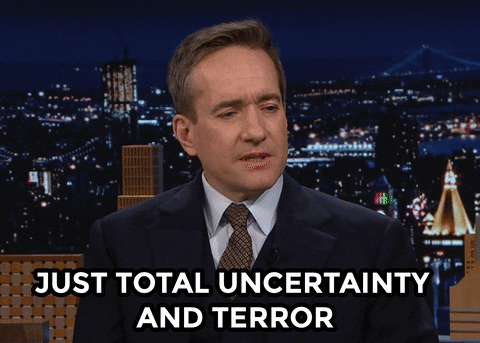Key Points:
Tariff uncertainty fuels volatility: Markets react as Trump signals "flexibility" ahead of the April 2 deadline.
Forex & commodities shift: Safe-havens gain while CNH and metals face pressure.
Traders must act early: Market moves often precede official announcements, stay ahead.
Markets Like Certainty And They’re Not Getting It
Markets move on expectations. When a central bank signals a rate cut, traders price it in. When a company reports strong earnings, stocks react before the official numbers drop. The one thing markets hate? Uncertainty.
And that’s exactly what President Trump just injected into the economy with his latest “flexibility” talk on tariffs.
On the surface, flexibility sounds like a positive an openness to negotiation, a willingness to adapt. But when it comes to trade policies, especially reciprocal tariffs that impact multiple global economies, flexibility really means unpredictability.
What’s happening?
Trump stated on Friday that there would be some flexibility in how tariffs are applied, but that they will remain reciprocal.
This means tariffs may not be fixed or absolute, leading to market confusion on how businesses should prepare.
The official tariff rollout date is April 2, but given the latest comments, markets are unsure if that will hold.
For traders, this is a major red flag. Tariffs affect everything from currency valuations to stock indexes to commodity prices. And when a major global player especially the U.S., keeps shifting its stance, the market’s response is usually the same: sell first, ask questions later.
How Tariff Uncertainty Has Rocked Markets Before
This isn’t the first time tariff-related uncertainty has triggered volatility. In fact, the U.S.-China trade war of 2018-2019 provides a perfect case study on how markets react to policy unpredictability.
Flashback: The 2018-2019 Trade War and Its Market Impact
Early 2018: Trump imposed 25% tariffs on $50 billion worth of Chinese goods. Markets reacted with a selloff in equities, while USD/CNH (Chinese yuan) weakened significantly.
Mid-2018: More tariffs were added, leading to a commodity collapse, especially in industrial metals like copper and aluminum.
Late 2019: A “phase one” trade deal was announced, stabilizing markets. However, throughout the entire process, volatility remained high in forex, stocks, and commodities.
Forex Implications: Who Wins and Who Loses?
For forex traders, tariff uncertainty creates opportunities and risks depending on how different currencies react.
Currencies to Watch:
1.USD (U.S. Dollar)
If uncertainty increases, USD could strengthen as a safe-haven currency.
If tariff exceptions are introduced, USD may weaken slightly as risk appetite returns.
2.CNH (Chinese Yuan)
Any aggressive tariff stance weakens the yuan, making USD/CNH rise.
If Trump softens his stance, expect yuan strength and a pullback in USD/CNH.
3.JPY (Japanese Yen)
If markets go risk-off, JPY will strengthen due to safe-haven flows.
If Trump commits to easing trade tensions, JPY could weaken as risk appetite improves.
Historical Chart: How USD/CNH Reacted to 2018-2019 Tariffs
Commodity Markets: Gold vs. Industrial Metals
Tariff uncertainty doesn’t just affect forex, it has serious implications for commodity traders too.
Gold (XAU/USD): A Classic Hedge Against Uncertainty
In 2018, gold rallied over 10% during the worst phases of the U.S.-China trade war.
If markets remain uncertain leading into April 2, gold prices could climb again.
Traders should watch: Key levels like $2,050 resistance and $1,950 support for short-term moves.

Industrial Metals (Copper, Aluminum, Steel)
Tariffs on raw materials like aluminum and steel caused price drops in 2018.
If Trump’s tariffs target industrial imports again, expect renewed selling pressure in these commodities.
Final Thoughts: The Market Sees Through the “Flexibility” Smoke
While the word “flexibility” might seem reassuring, markets know better. Uncertainty is the true enemy of stability, and right now, traders are staring down a policy that seems to be shifting by the day.
Forex traders should keep an eye on USD, JPY, and CNH ahead of April 2.
Commodity traders should watch gold for strength and industrial metals for potential weakness.
Stock market volatility is likely to persist as investors await clarity.
This isn’t just about tariffs. It’s about trust in the consistency of global trade policy. And until we get real clarity, volatility is here to stay.


